NSSL News
News from the NOAA National Severe Storms Laboratory
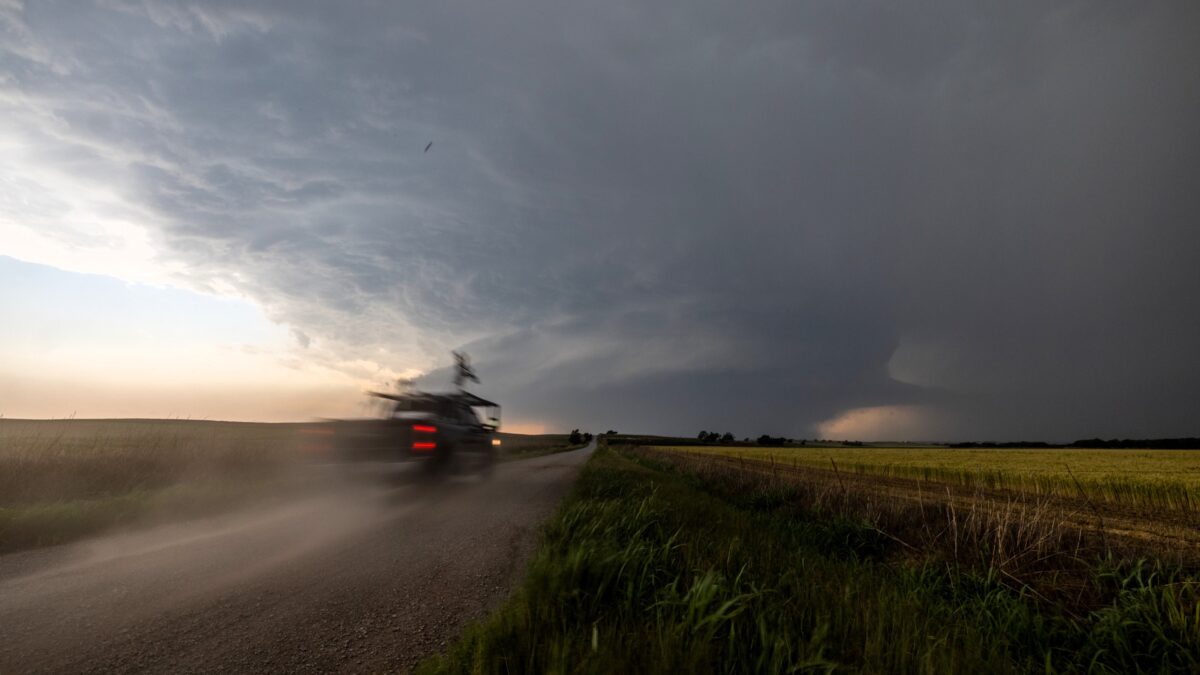
GROUND LEVEL SCIENCE: LIFT CHASES TORNADO INSIGHT
LIFT (Low-Level Internal Flows in Tornadoes) seeks to better understand winds in the lowest levels of tornadoes. To do so, scientists will have to get up close and personal.
Posted in News · Research News · Tornadoes on July 3, 2024

SCIENCE IMPACT: Experimental Warn-on-Forecast System yields 75-minute lead time on violent tornado
SCIENCE IMPACT: NSSL’s Warn-on-Forecast System yields 75 lead time on Greenfield, Iowa tornado, demonstrating potential for long-range tornado warnings.
Posted in Forecast Research News · News · Research News · Tornadoes · Warning Research News on June 13, 2024
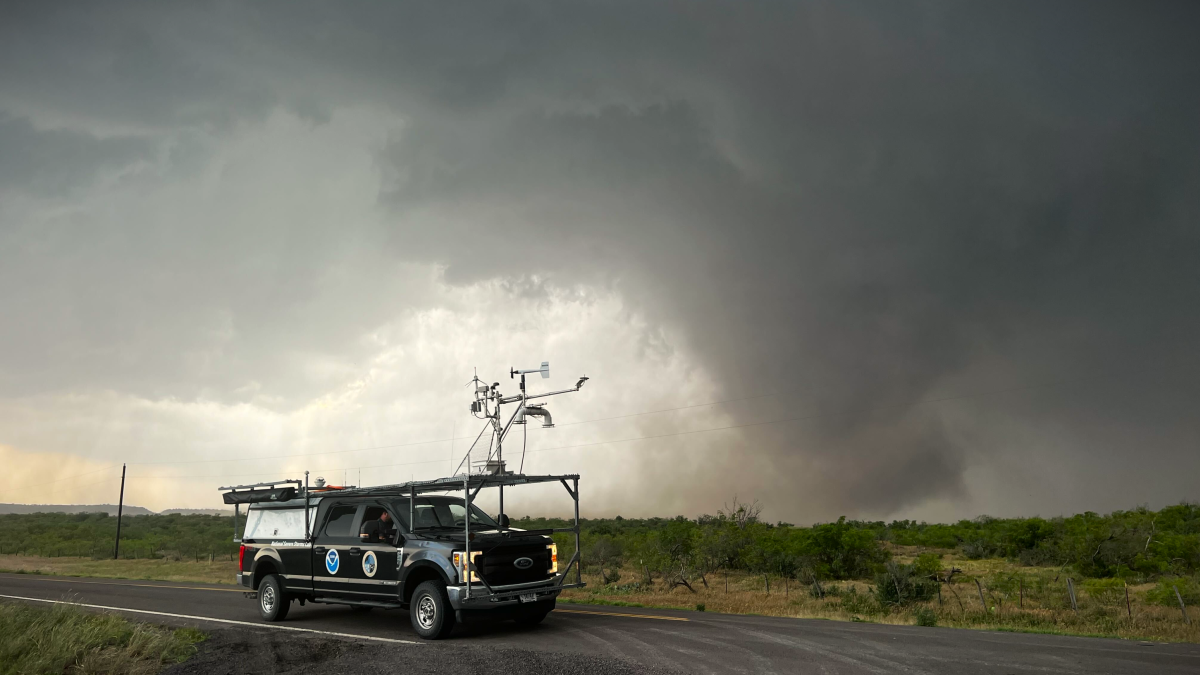
SCIENCE IMPACT: “LIFT” project intercepts violent tornado; collects historic data
NSSL’s Low-Level Internal Flows in Tornadoes experiment, or “LIFT”, intercepted a violent tornado southeast of Duke, Okla., gathering a data set that could prove to be significant in our understanding of tornado winds at the ground level.
Posted in News · Research News · Tornadoes on May 31, 2024
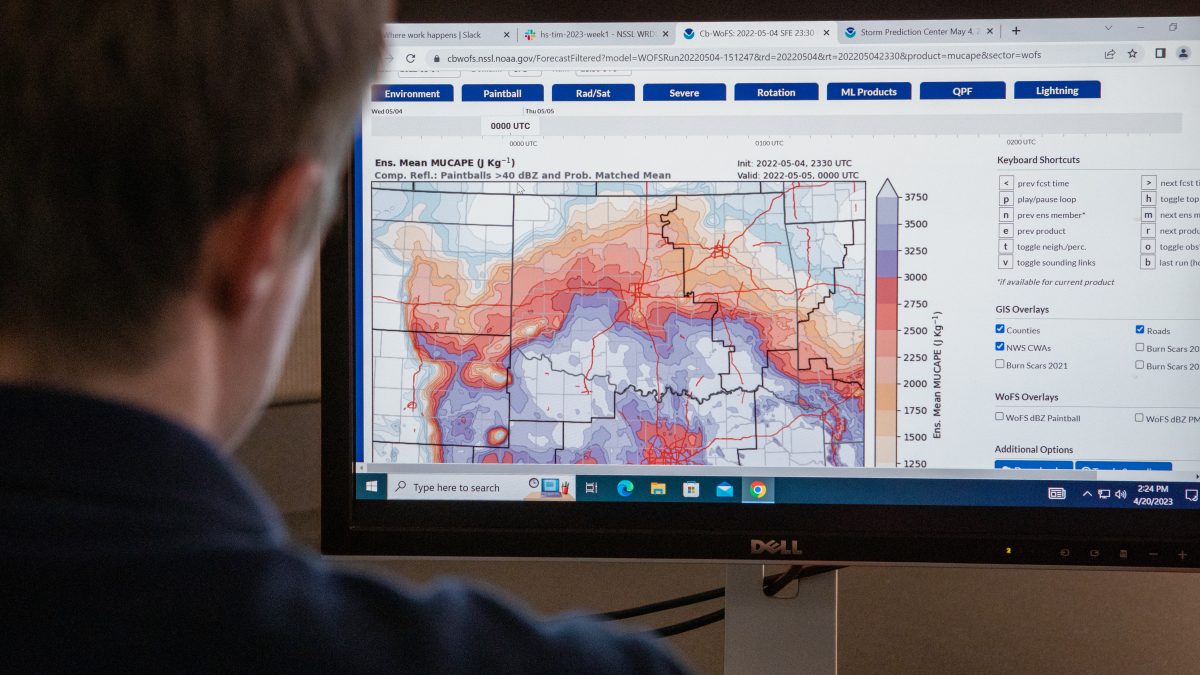
THE WARN-ON-FORECAST SYSTEM: A Weather Forecasting Moonshot
The Warn-on-Forecast System is a revolutionary approach to forecasting severe weather and tornadoes that could lead to a historic leap in warning lead times.
Posted in Forecast Research News · News · Research News · Tornadoes · Warning Research News on May 29, 2024
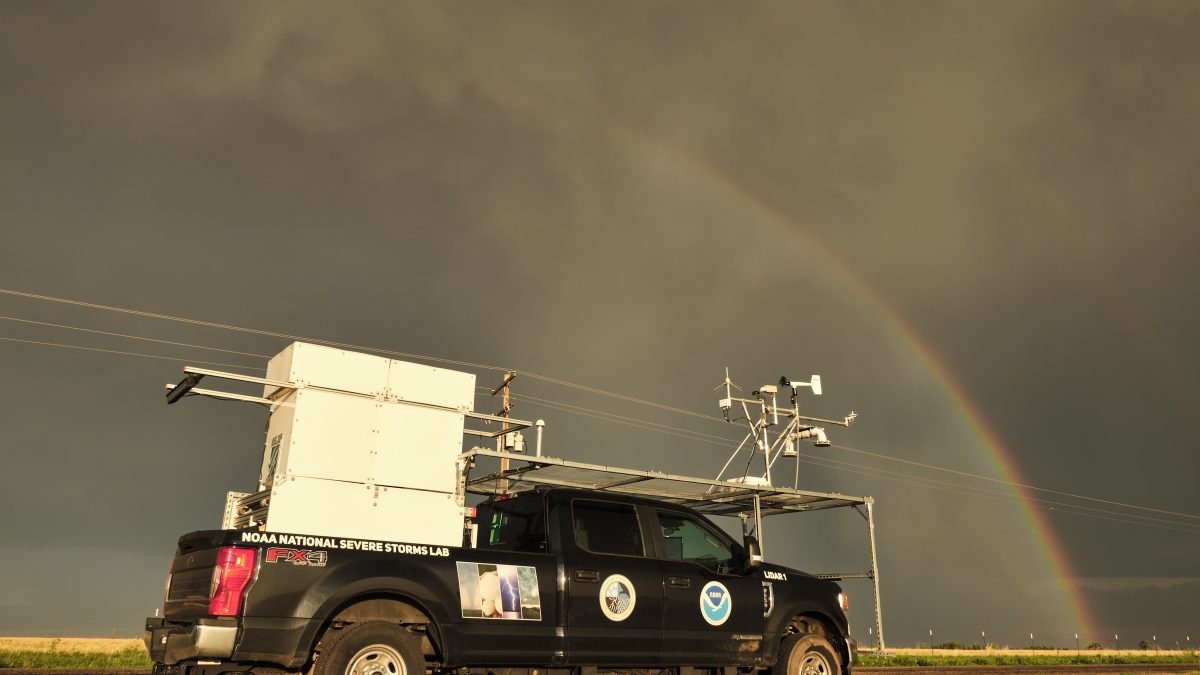
DELTA Project tests tornado hypotheses in the field
The NOAA National Severe Storms Laboratory is back in the field, testing tornado hypotheses with the DELTA Project.
Posted in Collaboration · News · Research News · Tornadoes on April 26, 2024
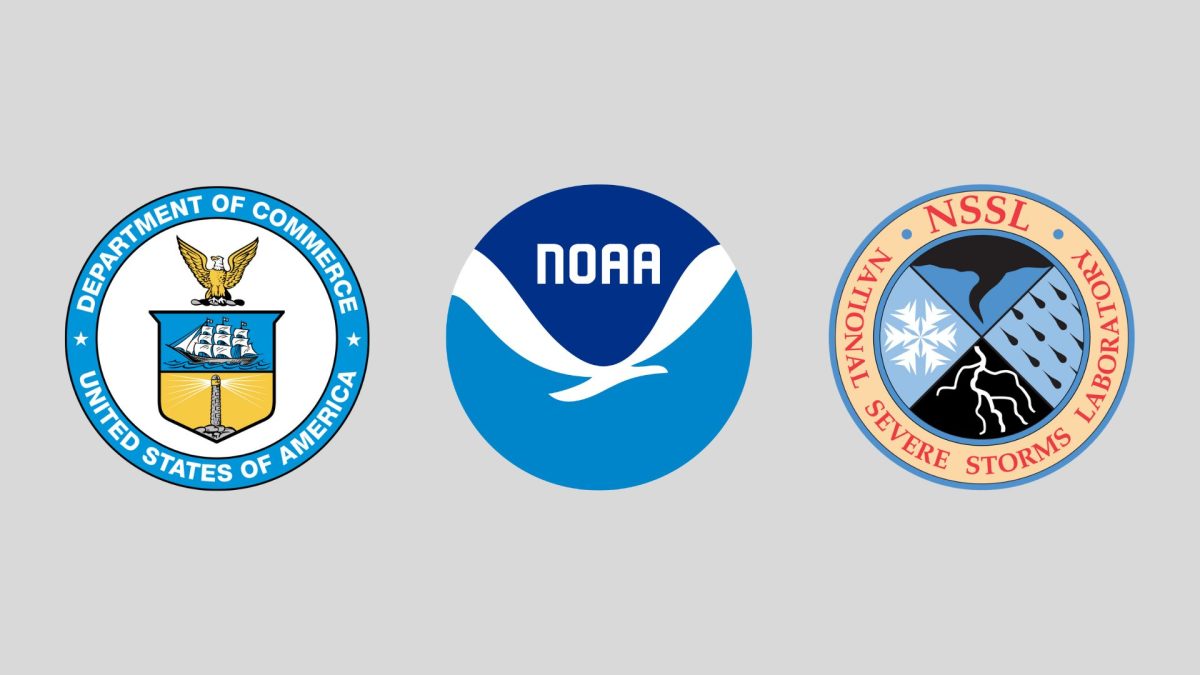
NSSL’s Forecast Research and Development Division earns Department of Commerce Gold Medal Award
The United States Department of Commerce announced on Tuesday that the Forecast Research and Development Division at NOAA’s National Severe Storms Laboratory (NSSL) is a recipient of its highest award, a Gold Medal.
Posted in News · People News · Warning Research News on February 8, 2024